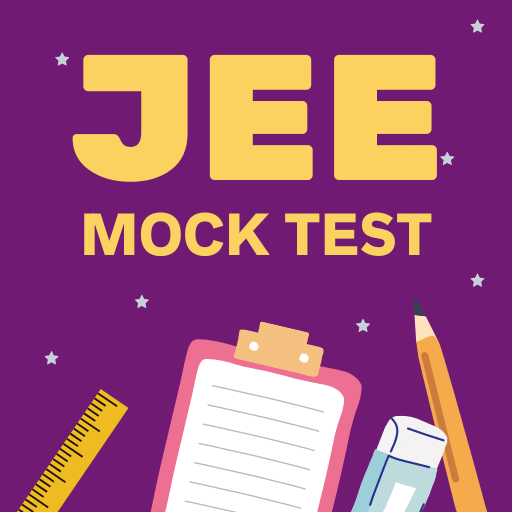Worksheet: India, That Is Bharat | Social Studies (SST) Class 6 PDF Download
| Table of contents |

|
| Multiple Choice Questions (MCQs) |

|
| Fill in the Blanks |

|
| True or False |

|
| Match the Following |

|
Multiple Choice Questions (MCQs)
Q1: What does the term 'Sapta Sindhava' mean?
(a) Land of Five Rivers
(b) Land of Seven Rivers
(c) Land of Eight Rivers
(d) Land of Ten Rivers
Q2: Which ancient text first mentions the term 'Bharata'?
(a) Mahabharata
(b) Rig Veda
(c) Vishnu Purana
(d) Upanishads
Q3: Who was the ruler associated with the term 'Jambudvipa'?
(a) Ashoka
(b) Chandragupta Maurya
(c) Akbar
(d) Harsha
Q4: What name did the Persians use for the region around the Indus River?
(a) Hind
(b) Bharat
(c) Jambudvipa
(d) Sindhu
Q5: Which term was used by ancient Greeks to refer to India?
(a) Indus
(b) Indoi
(c) Hindustan
(d) Yindu
Fill in the Blanks
Q1: The term '__________' refers to the region of India as described in the Mahabharata.
Q2: The ancient Chinese referred to the region as '__________' or 'Yindu.'
Q3: The name '__________' is still used today in North India.
Q4: The __________ Veda is considered India’s oldest text.
Q5: Emperor __________ used the term 'Jambudvipa' in his inscriptions.
 |
Test: India, That Is Bharat - 1
|
Start Test |
True or False
Q1: 'Sapta Sindhava' refers to the land of ten rivers.
Q2: The term 'Hind' was used by the Persians to describe India.
Q3: 'Bhäratavarsha' refers specifically to the region of Kashmir.
Q4: Xuanzang was a Chinese scholar who traveled to India.
Q5: 'Hindustan' was first used in a Greek inscription.
Match the Following

|
69 videos|386 docs|80 tests
|
FAQs on Worksheet: India, That Is Bharat - Social Studies (SST) Class 6
| 1. What is the significance of the title "India, That Is Bharat" in the context of the article? |  |
| 2. How does the article explore the concept of unity in diversity in India? |  |
| 3. What role does history play in shaping the identity of India as discussed in the article? |  |
| 4. How does the article address the challenges faced by India in maintaining its cultural identity in the modern world? |  |
| 5. What are some examples of cultural symbols and traditions mentioned in the article that represent India's heritage? |  |




























